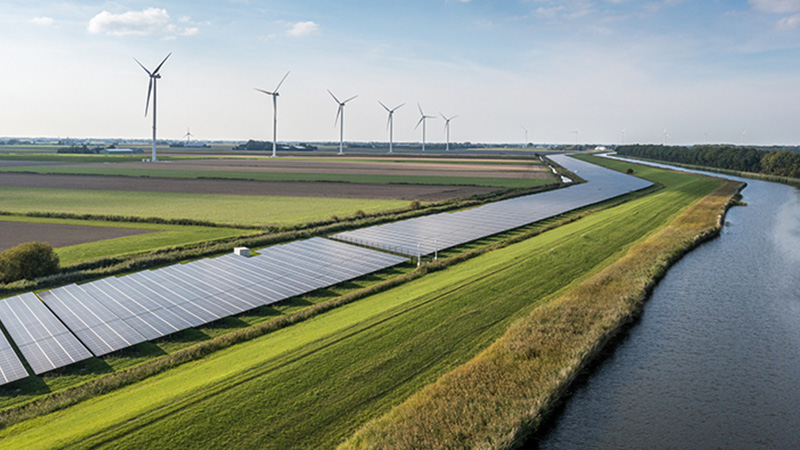But, there are those that see it less as a death and more like a pupation, with the commodities complex in the midst of a transformation from a coal and iron ore driven caterpillar to a zinc and aluminium winged butterfly.
The Barings commodities team is one of those, pointing out in a note yesterday that the sharp falls in the prices of commodities like iron ore, thermal coal and oil, have prompted many observers to conclude that the cause for the falls (and, indeed the death of the supercycle) lies with China’s faltering economic activity.
But, it says: “We believe such simple analysis misses the point. We think, instead, that the changing market conditions signal an evolution and not an end to the cycle.”
For Barings, the evolution will see a shift away from industrial toward more consumer-based commodities like zinc, aluminium, diamonds, uranium and palladium and is being driven by two primary factors.
“First, the supply and demand fundamentals are more robust for this complex of commodities. Second, changing Chinese consumption patterns require access to new high-tech focused raw material inputs and commodities as economic priorities shift toward the environment, pollution control, consumer goods, clean energy, smart cities and the demands from an ageing population.”
This notion of the great Chinese moderation – the growth of the middle class and the move from industrial to consumer-led growth – is not new. Indeed, it has been an argument within commodities circles for some time. But, like everything in this supercycle it has taken longer to emerge than most people expect. Added to this, however, is another factor that should improve earnings in the commodities equities sector.
“There is also a growing awareness and understanding that we are entering a new, more sustainable, phase of the cycle as declining capital expenditure is starting to underpin price stability for some commodities,” Barings points out.
“And as demand growth returns, this may act as a constraint on supply, helping to pull prices higher. We believe that the combination of a more robust commodity outlook coupled with the realisation of the improved supply and demand fundamentals should lead to a healthier earnings environment. In fact, we believe the outlook for the sector is already moving towards earnings upgrades.”
It is in this context that the firm believes that many analysts may be a little behind the curve as consensus forecasts for many core mining commodities are now at or below year-to-date averages. And, as a result the sector could start seeing upgrades after a prolonged period of downgrades.
“Although there are risks to the short-term outlook for the sector, this positive development is one that we expect many investors will welcome as proof that the painful balance sheet restructuring of the past five years and focus on project optimisation may be starting to bear fruit.”
However it is also important to bear in mind that while the supercycle may be evolving, just like any other butterfly its flight path is likely to be a lot more volatile than a caterpillar’s.










